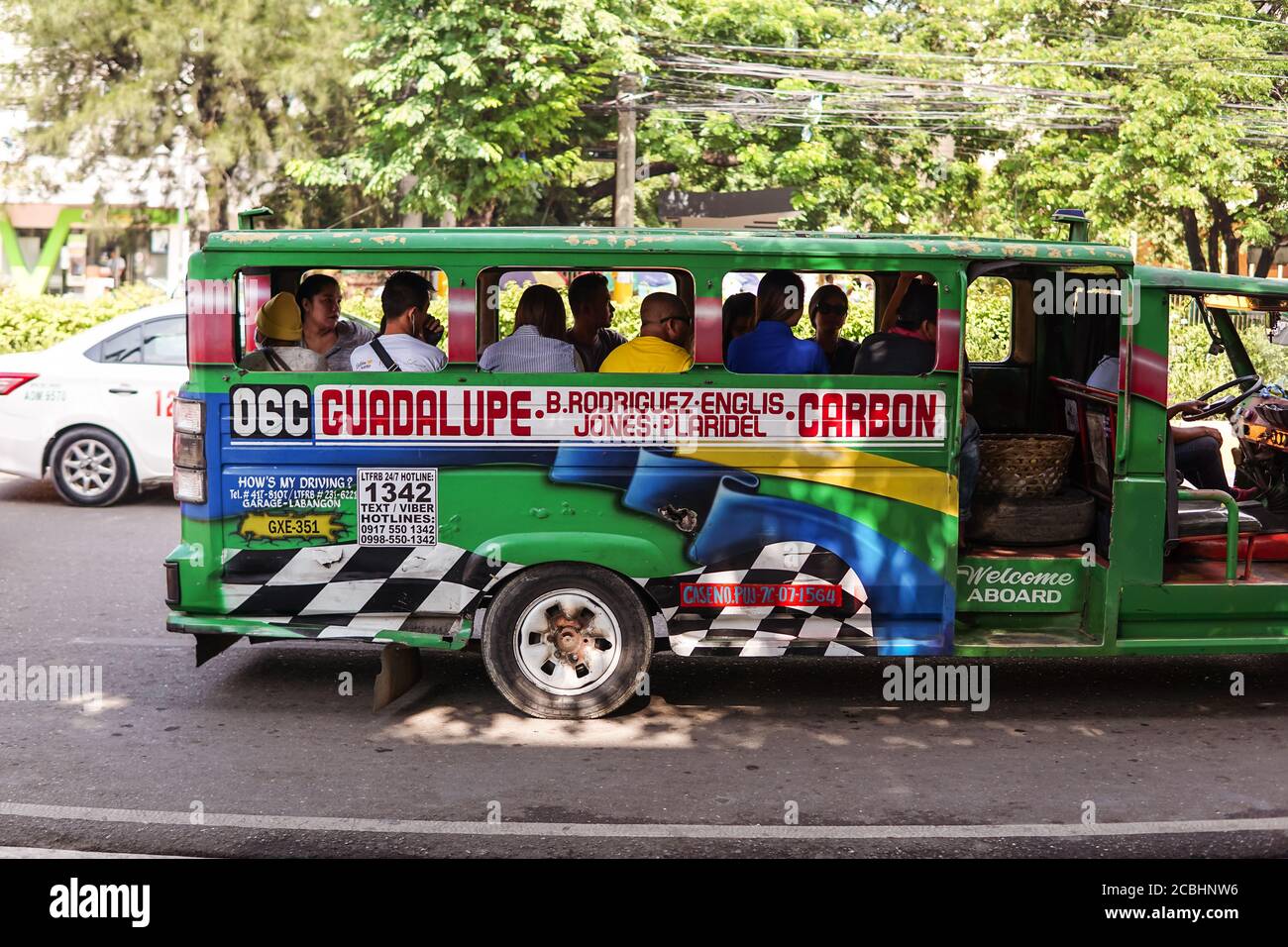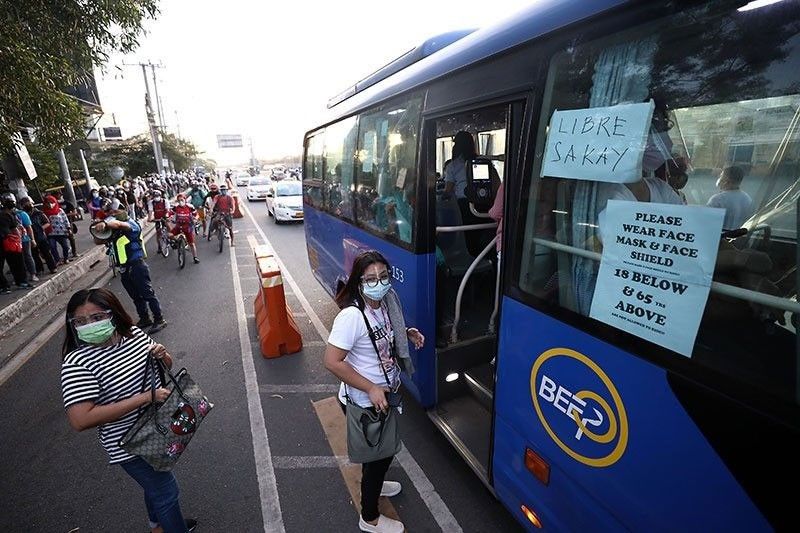Just How Transit Advertising And Marketing Can Change Public Transportation Spaces Into Dynamic Advertising And Marketing Platforms
Transportation advertising and marketing holds significant potential to redefine public transportation spaces into lively advertising and marketing systems that notify and engage. As we check out the diverse benefits and developing techniques of transit advertising, it raises the inquiry of just how this makeover can redefine our communications with both brand names and the metropolitan atmosphere.
Benefits of Transit Advertising

Furthermore, transit advertising and marketing is highly economical compared to typical media. It enables marketers to accomplish high impacts at lower prices, maximizing roi. The captive target market of travelers offers a possibility for brands to share their messages to individuals that are typically responsive during their traveling times.
Furthermore, the dynamic nature of transportation advertising enables projects to be upgraded often, ensuring that messaging stays prompt and relevant. This versatility can be critical in responding to market patterns or advertising events, keeping the brand name top-of-mind for customers. Lastly, the pervasive existence of transportation advertising contributes to brand recall; duplicated direct exposure within acquainted travel contexts strengthens brand name recognition and cultivates consumer loyalty, eventually driving sales and boosting brand name reputation.
Kinds Of Transit Marketing
Public transport systems provide various formats for advertising, each satisfying different advertising methods and target market involvement approaches. One noticeable kind is exterior bus and train wraps, which cover the entire vehicle and create a mobile billboard result, permitting for high visibility in city settings. These wraps can capture attention as they traverse busy streets, getting to a varied target market.
Another preferred style is indoor marketing, which includes posters, digital displays, and ads on transit seats. These positionings involve travelers during their trip, strengthening brand messaging in a confined room. Digital shows, in particular, offer the benefit of dynamic content, making it possible for advertisers to upgrade messages in real-time.
Terminal advertising is additionally considerable, featuring posters, banners, and interactive stands within transportation stations. These advertisements take advantage of foot traffic and can target specific demographics based upon place.
Lastly, advertising collaborations with transportation authorities can result in unique campaigns, such as themed transit experiences or occasions, enhancing the overall interaction with travelers. Each kind of transit advertising and marketing supplies unique benefits, allowing brand names to customize their method to effectively reach their target market within the general public transportation ecosystem.
Involving Travelers Efficiently
Travelers are increasingly swamped with advertising and marketing messages during their day-to-day travels, making it necessary for brand names to engage them in ingenious means. To capture interest in this jampacked room, advertisers need to focus on creativity and significance. Making use of appealing visuals and succinct messaging can significantly enhance the probability of involvement.
Interactive elements, such as QR codes or enhanced truth attributes, can additionally transform static ads into immersive experiences, promoting a much deeper connection with the audience. Brands must concentrate on addressing commuters' demands and passions, customizing messages to reverberate with their way of living, whether via promos for local companies or solutions created to boost their commuting experience.
Additionally, timing plays a vital duty; purposefully positioning advertisements throughout height travelling hours can optimize exposure and effect. Engaging commuters efficiently also involves leveraging social media assimilation, permitting travelers to share their experiences or promos directly from transportation systems, consequently magnifying brand reach.
Essentially, reliable involvement pivots on comprehending the commuter trip and producing compelling, interactive, and relevant advertising and marketing experiences that not just capture attention yet likewise drive action and commitment. By doing so, brand names can transform public transport right into a dynamic advertising system that resonates with its audience.

Measuring Marketing Impact
Just how can brand names accurately analyze the efficiency of their marketing projects en route environments? Gauging the effect of transit marketing requires a complex method that combines qualitative and quantitative metrics. One widespread method is tracking involvement through mobile analytics, where brand names can evaluate foot website traffic patterns and app communications before, throughout, and after campaigns.
Studies can offer beneficial insights right into brand recall and customer sentiment, enabling brand names to evaluate just how well their messages resonate with commuters. In addition, keeping an eye on social media interaction pertaining to certain projects can expose changes in public assumption and brand discussion.

Additionally, teaming up with transportation companies can improve dimension precision, as they typically have thorough group data on ridership fads. By incorporating these methodologies, brands can establish a detailed understanding of their advertising and marketing performance, ensuring that their campaigns not just reach however additionally influence their target market properly.
Future Trends in Transit Advertising
A significant shift is anticipated en route advertising as technical innovations and transforming customer habits reshape the landscape. Transit Advertising Philippines. The combination of interactive media and electronic screens is expected to enhance engagement, permitting brand names to provide dynamic content that reverberates with varied audiences. As public transportation systems accept wise technology, marketers will certainly take advantage of real-time data analytics to customize messages based upon passenger demographics and behaviors
In addition, boosted reality (AR) is poised to change the method commuters connect with ads. By offering immersive experiences, AR can change an ordinary journey right into an appealing story that catches attention and cultivates brand commitment. This technology will likely motivate marketers to produce more experiential projects web that drive consumer communication.
Sustainability is another helpful resources essential trend affecting transit advertising and marketing. As environmental awareness grows, brand names will increasingly look for to align with environmentally friendly techniques, utilizing lasting materials and promoting environment-friendly efforts within their projects.
Conclusion
In verdict, transit marketing offers considerable benefits by enhancing brand navigate to this site presence and engaging a captive target market. Through different layouts, such as exterior wraps and electronic displays, it transforms public transport right into a vibrant marketing system. Reliable engagement methods and durable measurement methods further enhance its effect. As fads evolve, the capacity for ingenious communications in between brands and commuters is positioned to expand, making certain that transit advertising stays a crucial part of modern-day advertising and marketing strategies.
Transportation advertising and marketing holds substantial capacity to redefine public transport areas into lively marketing platforms that engage and inform. The pervasive visibility of transportation advertising and marketing contributes to brand name recall; repeated exposure within familiar travel contexts enhances brand name recognition and cultivates customer loyalty, eventually enhancing and driving sales brand online reputation.
How can brands precisely assess the performance of their marketing campaigns in transportation atmospheres?In conclusion, transportation marketing offers substantial advantages by boosting brand visibility and involving a captive target market. Transit Advertising Philippines. As trends advance, the capacity for cutting-edge communications between travelers and brands is poised to grow, making sure that transit advertising and marketing remains an essential element of modern-day advertising approaches